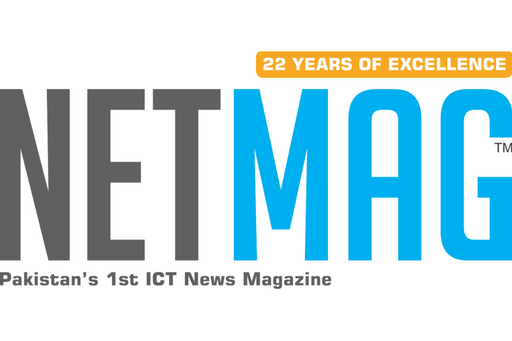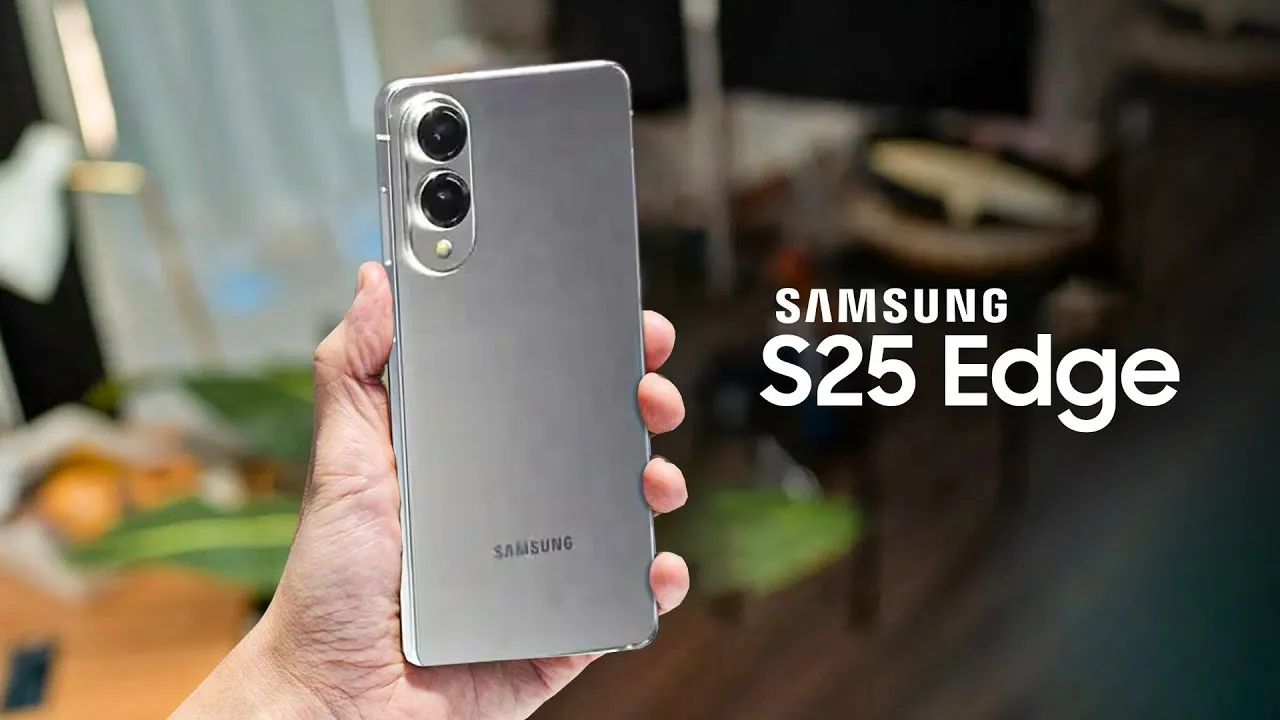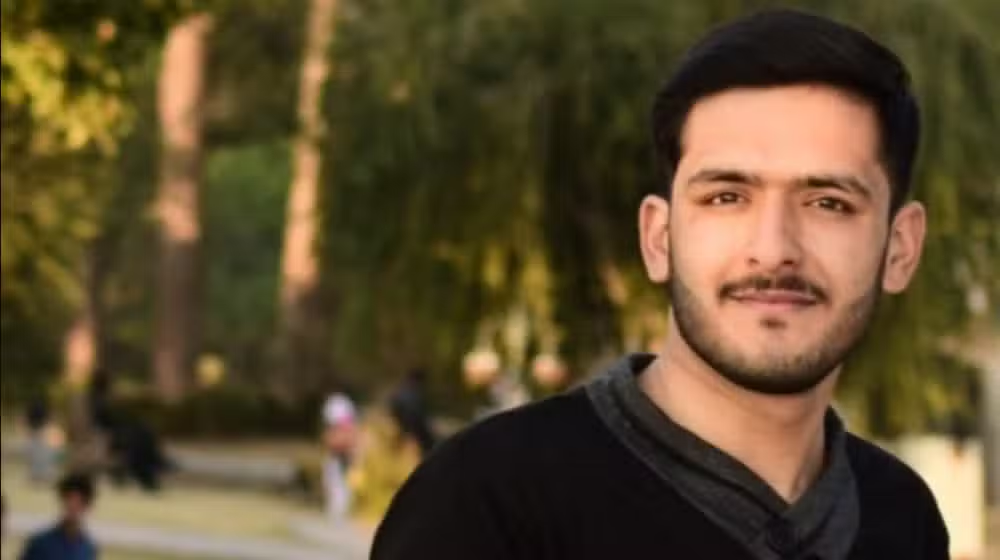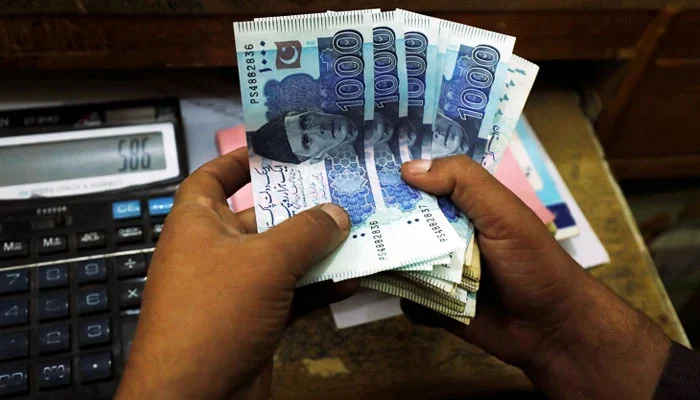The influence of social media continues to mold the digital landscape in Pakistan, with a remarkable 72 million users recorded in 2023, constituting roughly 30 percent of the population. However, insights from the Pakistan Telecommunication Authority’s (PTA) Annual Report have exposed a stark gender gap prevalent across various platforms, shedding light on the nuanced dynamics of online engagement between men and women.
According to the latest PTA findings, platforms like Facebook, YouTube, TikTok, and Instagram exhibit notable gender imbalances within Pakistan. For instance, the data reveals a substantial gender gap of 68.7 percent on Facebook, with 78 percent of users identifying as male, sharply contrasting with the 22 percent female user base. Similarly, YouTube records a significant disparity, with 72 percent male users compared to only 28 percent female users.
The divide further widens on platforms like TikTok, boasting 83 percent male users and a mere 17 percent female user base. Despite this trend, Instagram presents a relatively narrower gap, with 66 percent male users and 34 percent female users.
Must Read: Confusion Surrounding AI Child Abuse Imagery Ethics Raises Alarms
These statistics underscore the multifaceted challenges hindering equitable access to and engagement with online platforms among Pakistani women, encompassing socio-cultural norms, access to technology, and content preferences.
On a global scale, internet penetration stands at approximately 64 percent of the world’s population, with 61 percent of females connected. Social media platforms, commanding a remarkable 4.7 billion users worldwide, are led by Facebook, followed closely by YouTube, WhatsApp, Instagram, WeChat, and TikTok.
Notably, platform preferences vary across age demographics, with older women showing a preference for WhatsApp and Facebook, while younger females gravitate towards Instagram and TikTok.
Addressing the gender gap in social media usage is crucial for fostering digital inclusivity and ensuring equitable access to information and opportunities for all segments of society. Efforts aimed at enhancing digital literacy, bridging the technological disparity, and fostering more inclusive online spaces are pivotal steps towards achieving this imperative goal within Pakistan and beyond.
Efforts to bridge the gender gap in social media usage are imperative not only for ensuring equal access to digital resources but also for promoting gender equality and empowering women in all spheres of life. In Pakistan, initiatives aimed at improving digital literacy among women and providing them with access to technology can play a significant role in narrowing this divide.
Moreover, creating inclusive online spaces that cater to the diverse needs and interests of both men and women is essential for fostering a more balanced digital landscape. This could involve promoting content that resonates with women, addressing issues relevant to them, and providing platforms for their voices to be heard.
Government agencies, civil society organizations, and private sector stakeholders all have a role to play in addressing the gender gap in social media usage. Collaborative efforts focusing on education, advocacy, and policy reform can help create an environment where women feel empowered to participate fully in the digital world.
Ultimately, closing the gender gap in social media usage will not only benefit individual women but also contribute to the overall development and progress of society as a whole. It is a goal that requires concerted efforts and commitment from all stakeholders, but the rewards in terms of gender equality and inclusive growth are well worth the investment.
By promoting digital literacy programs tailored specifically for women, providing affordable access to technology, and fostering an inclusive online environment, we can empower women to fully engage in the digital sphere. Additionally, initiatives focusing on mentorship, skill-building, and entrepreneurship can help women leverage social media platforms for personal and professional growth.
Moreover, addressing underlying socio-cultural barriers and stereotypes that may discourage women from actively participating in social media can create a more supportive and enabling environment. This could involve challenging traditional gender roles, promoting positive representations of women in the media, and advocating for policies that promote gender equality in the digital space.
As we work towards closing the gender gap in social media usage, it is essential to recognize the intersectionality of gender with other factors such as age, socioeconomic status, and geographic location. Tailoring interventions to address the specific needs and challenges faced by different groups of women will be crucial for achieving meaningful and lasting change.
In conclusion, closing the gender gap in social media usage is not only a matter of equity and justice but also a strategic imperative for harnessing the full potential of digital technologies for socio-economic development. By prioritizing gender-inclusive policies and programs, we can build a more equitable and inclusive digital future for all.




